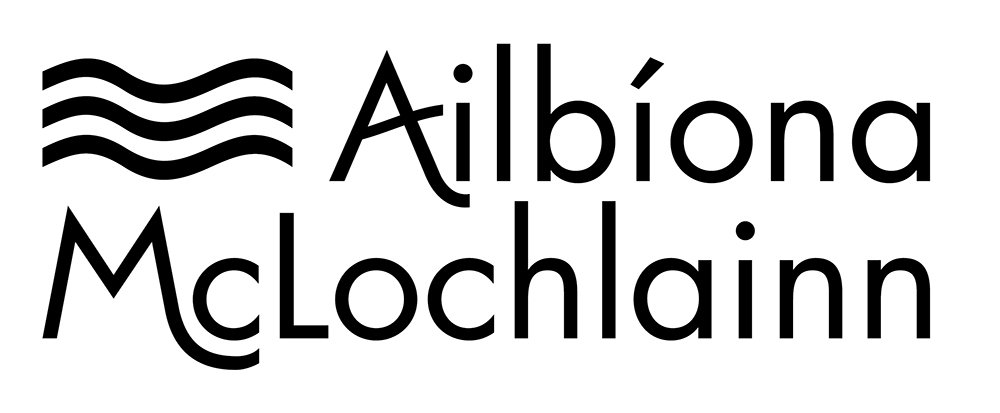Summer Knitting, Part 3: Adapting Standard Sweater Patterns
One reason I do not focus on designing summer-specific garment patterns, is that I think it is not necessary. Most standard sweater patterns can be adapted for summer. And here is how -
To Knit a Summer T-Shirt:
. Choose a sweater pattern you like. For a super lightweight t-shirt, the pattern should be designed for fingering to sportweight yarn. But heavier yarn weights can also work if your summers aren’t too stifling.
. Choose a yarn that is a cotton, linen, or silk blend. If you dislike knitting in these fibres, superwash merino is another option, again if your summers aren’t boiling hot.
. When knitting the sleeves, stop after approximately 5cm for cap sleeves, or 10-15cm for short sleeves, depending on preference.
. If the sweater pattern specifies a tall neck, make it a crewneck instead by simply stopping and binding off after 2-3cm.
. For a true ‘t-shirty’ finish, you can forgo the ribbed hem and cuffs, and instead opt for a turned edgings (continue in stockinette instead of rib, then simply bind off, fold the last 2-3cm of the fabric over and sew to the underside).
To Knit a Summer Tank Top:
. Choose a sleeveless sweater-vest pattern you like. For a super lightweight tank, the pattern should be designed for fingering to sportweight yarn. But heavier yarn weights can also work if your summers aren’t too stifling.
. An additional caveat here: When determining whether a specific pattern is suitable for a summer tank conversion, pay special attention to the shoulders and armholes. Some sweater-vest designs have a dropped shoulder and armholes with no shaping, as that style has been popular recently. But you probably do not want that sort of ‘shoulder overhang’ in a tank top. So opt for patterns with classic (short) shoulders, and shaped (‘scooped-out’) armholes.
. Choose a yarn that is a cotton, linen, or silk blend. If you dislike knitting in these fibres, superwash merino is another option, again if your summers aren’t boiling hot.
. For a true summer tank finish, you can forgo the ribbed hem and cuffs, and instead opt for a turned edgings (continue in stockinette instead of rib, then simply bind off, fold the last 2-3cm of the fabric over and sew to the underside).
To Knit a Summer Cardigan:
. Choose a cardigan pattern you like and that is suitable to your environment.
. Because a cardigan is an outer garment, there is more subjectivity here. If you live in a tropical climate, something like a lace fingering-weight cardigan pattern executed in fine cotton would be the way to go. On the other hand, if you live in a heavily forested northern climate, you probably do not even need summer-specific cardigans at all; the winter ones will do.
. Personally, living in coastal Ireland I prefer summer cardigans to be cotton (or linen), and on the heavier side: DK, or even Aran weight. This is because I wear them to the beach, where it can be hot, but also quite windy and sandy - with sweat, suncream, and sea water involved as well. These elements combined can be damaging to wool. So a cardigan that is dense but not hot, non-felting when exposed to sand and water, and machine-washable, is ideal. Your use case scenario might be entirely different of course.
Are All ‘Winter’ Patterns Suitable for Summer Conversion?
The vast majority are. But there are are some specific features to avoid, which may or may not be obvious. For example -
Steeking
Assuming that you are choosing a plant based fibre or a superwash merino for your summer knit, do not choose patterns that involve steeking. While not impossible, it is very tricky to secure steeks in plant based or merino yarns. (My Cutting Edge Vest pattern is therefore not suitable for knitting a cotton summer tank top.)
Short Row Neckline Shaping
Unless you are exceptionally masterful at working short rows with perfect tension, be aware this technique can look sloppy and generally ‘off’ in plant based yarns. So if opting for cotton or linen blend yarns, I would avoid patterns that use short row shaping - especially for the neckline, where the effect will be very visible. (My TULC pattern is therefore not recommended for cotton/linen yarns, unless you are an extremely skilled and tidy short rows knitter!)
Garter Stitch
Plant based yarns are already dense and heavy. Combining them with dense garter stitch will create an exceptionally puffy, heavy garment - possibly defeating its summery properties! (My Bluiri and J&P Cardigan patterns would be quite weighty in cotton yarns.)
Complicated, ‘Wintry’ Necklines
While a simple ‘turtleneck’ style high neck can be easily converted to a crewneck, more complicated variants such as cowl necks, overlapping shawl collars, various ruched designs, and similar, cannot. These types of necklines also typically rely on a yarn being airy; so knitting them in plant based fibres will not work.
With all of this in mind, I hope you can see that your options for summer knits need not be limited to summer-specific patterns.
Among my own ‘standard’ patterns, consider the following for summer:
Saglan Pullover
Knit it in a cotton yarn with short sleeves for a basic summer t-shirt
LLF Pullover
Knit it in a cotton yarn with short sleeves for a 90s style striped T
Gan Vest
Knit it in a cotton yarn for a relaxed summer tank
Peninsular Vest
Cotton and cables! I think it will look quite chic.
Lastlong Cardigan
Fsherman’s rib in cotton is perfection on a hot windswept beach.
Timepiece Pullover
Knit in in DK cotton, and don’t skip the pockets. Will be amazing over dresses or with jeans.

